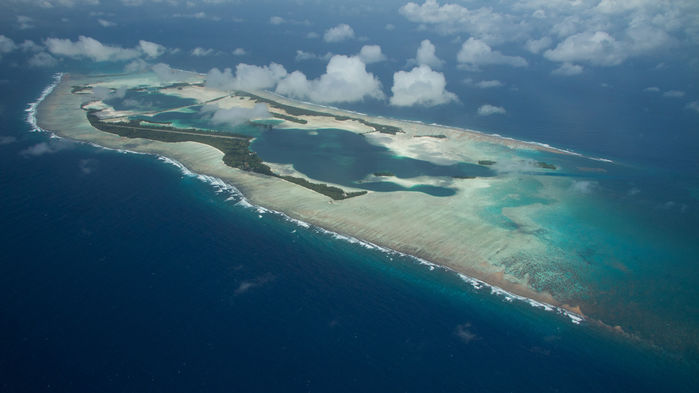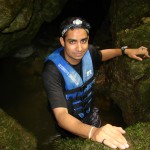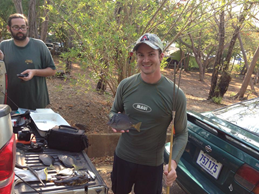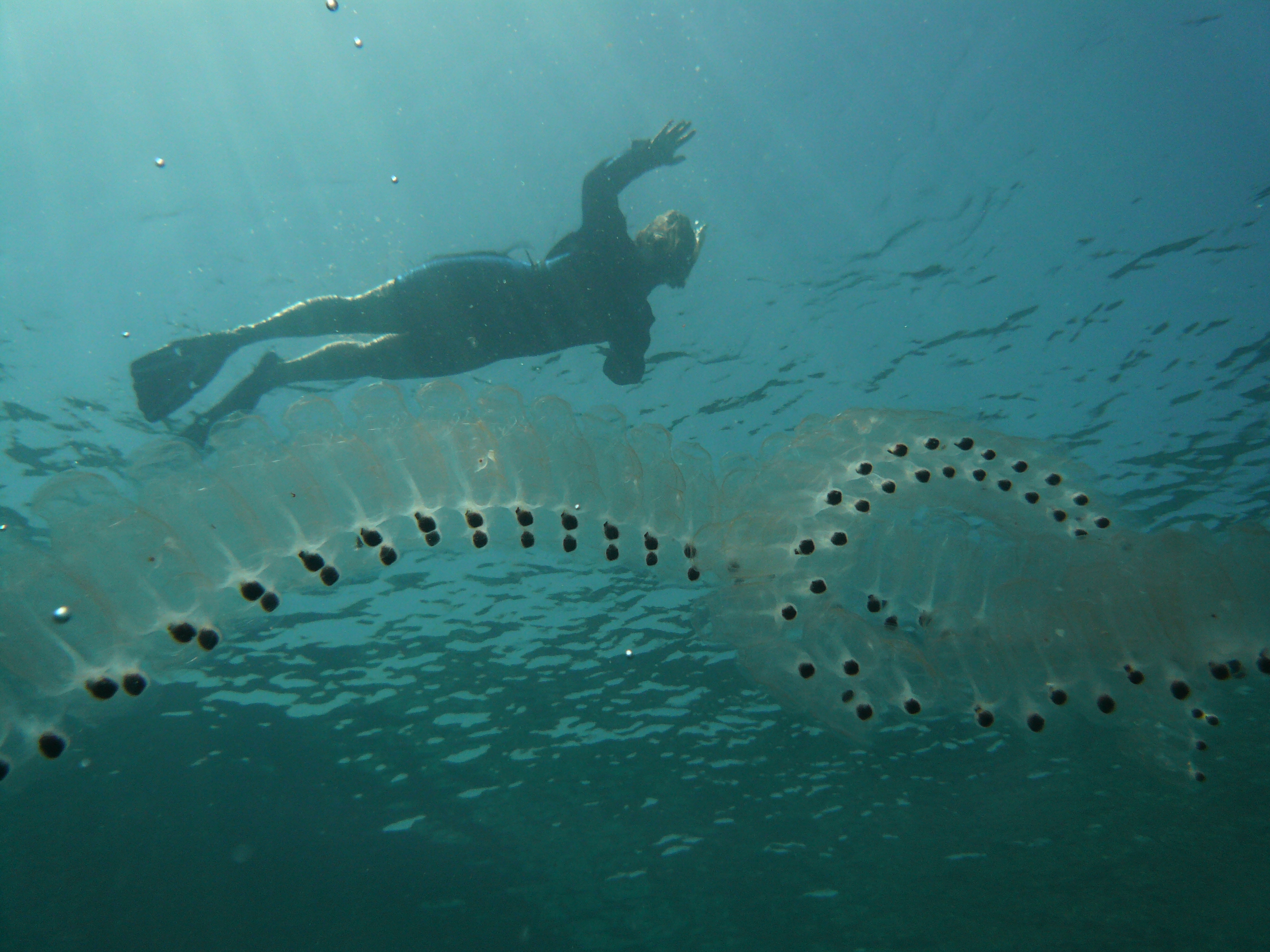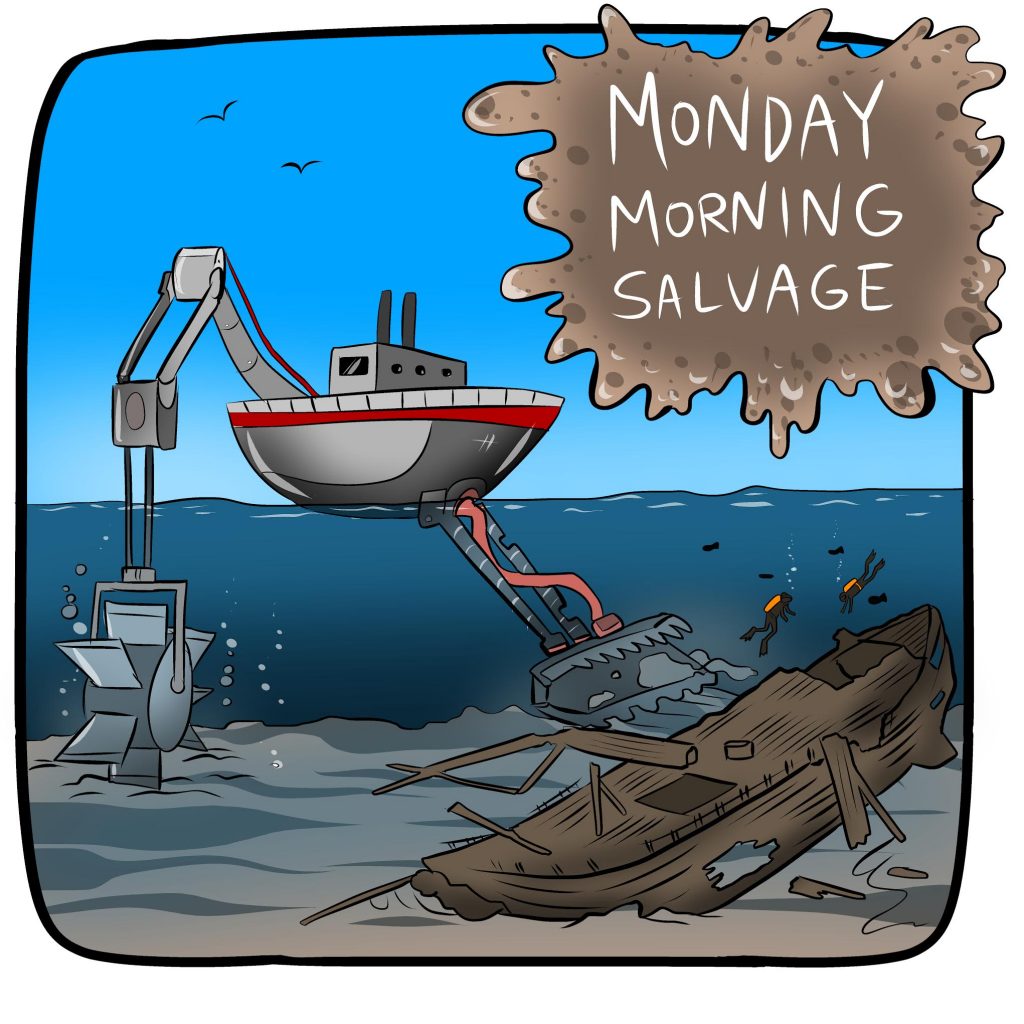
Fog Horn (A Call to Action)
- The fight for our Marine National Monuments isn’t over. We now know of the contents of Zincke’s monument review memo, and it is not good. The DOI wants to see commercial fishing return to the Pacific Remote Islands and Rose Atoll Marine National Monuments. Longline fishing in these regions has historically been conducted by foreign fishing fleets which have been documented using slave labor. Many ecologists believe that maintaining these protected zones serve as a refuge that boost populations of many important commercial fish and improve the overall health of the fishery. Any change to monuments created under the Antiquities Act must be approved by congress. You’ve got a lot of reason to call you representatives this week, so why not add “I opposed the reintroduction of ecologically and economically destructive commercial fishing to the Pacific Remote Islands and Rose Atoll Marine National Monument.” to your script?
Flotsam (what we’re obsessed with right now)
- Jellyfish sleep. Mind. Blown.
- Our Pacific Monuments are also extremely important scientific sites. Commercial fishing could jeopardize decades of research efforts in the remote Pacific. Scientists pan proposal to open pristine Pacific islands to fishing.
